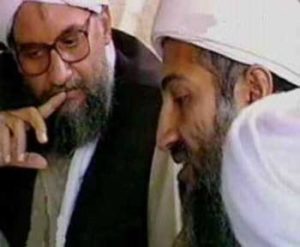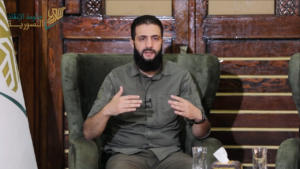Continuing…
- The meaning of “terrorism” is extremely contentious.
- Terrorism is a type of political violence. Western researchers say that political violence is of four types: violence between states, state violence against its citizens, violence between individuals, and the violence of citizens against the state.
- State violence against citizens is of two kinds: violence to compel obedience to laws and extrajudicial violence to compel political opponents to submit.
- The most common form of violence between citizens is criminal acts that have no political motive. Other types can be social or political, like ethnic or ideological violence.
- The violence of citizens against a state can be organized or spontaneous. The latter may not have political goals. But organized violence against the state is classified as a rebellion that aims to overthrow the government. The forms that these rebellions take reflect different strategies.
- Terrorism and guerrilla warfare are usually used synonymously because they both have similar goals. The difference is that guerrilla warfare tries to control territory, even if it’s partial control, whereas terrorism does not.
- Terrorism as a strategy depends on psychologically influencing the target audience. It lacks the material elements of guerrilla warfare.
- Another difference is the desired effect. When terrorists attack, they do not intend to remove a government but rather increase the government’s repression, which will alienate the wider population and increase support for the rebellion.
- Then there is the strategy of chaos. When a government is unable to confront terrorism, it demonstrates the government’s inability to impose law and order.
- There is also the strategy of attrition. Some rebel movements think terrorism is one such strategy. But if terrorist groups use terrorism as their major strategy, they won’t take power as long as the state security apparatus retains control.
- In some cases, terrorism is an emotional response without strategic goals.
- Although terrorism is not essential in guerrilla warfare, some guerrilla groups use it.
- Terrorism is not different from other kinds of war that target civilians. But terrorism is more violent and it systematically violates Western rules of war. There is a consensus in the West that terrorism is the action of groups, not states.
- There is also an academic consensus that there is no definition of terrorism because it is impossible to criminalize the violence of groups without condemning the violence of states, which are more capable of harming societies.
- Ariel Merari, in “Terrorism as a Strategy of Insurgency,” acknowledges that the three common elements in definitions of terrorism–1) using violence 2) for political aims 3) by spreading fear in targeted societies–are not enough to formulate a single definition. Merari observes that if the term can equally apply to conventional war and guerrilla war, then the term loses any useful meaning. It is just a synonym for violent intimidation in a political framework. If that’s so, then there’s no such thing as good terrorism or bad terrorism.
- Although terrorism has a long history, the modern use of the term has been influenced by events in the 18th and 19th centuries. Terrorism first emerged as a term in during the French Revolution in which the state used violence to maintain its revolutionary government. In the second half of the 19th century, the meaning of terrorism shifted in the hands of anarchists and, later, nationalist groups. It was used to push for social and political change and usually entailed the assassination of government officials. Terrorism again became the tool of state repression in the first half of the twentieth century (e.g. Nazis and Soviets). In the second half of the 20th century, it was taken up by anti-colonialists and separatists. These latter groups disassociated themselves from the term because of its growing negative connotations.
- After 9/11, people said that al-Qaeda attacked because its members came from poor countries. But academics have found that the poorest countries produce few terrorists.
- David Kilcullen reformulated the U.S. response to the Jihadi Movement. He argues it should be treated as a counterinsurgency, not as a conventional police response to terrorism. But he also notes that classical counterinsurgency strategy was designed to deal with an insurgency in a single country, whereas the new threat requires a comprehensive strategy. [Abu al-Fadl is citing Kilcullen’s “Countering Global Insurgency.”]





One Response
What kind of discussion is going on about the attack in Yemen today?